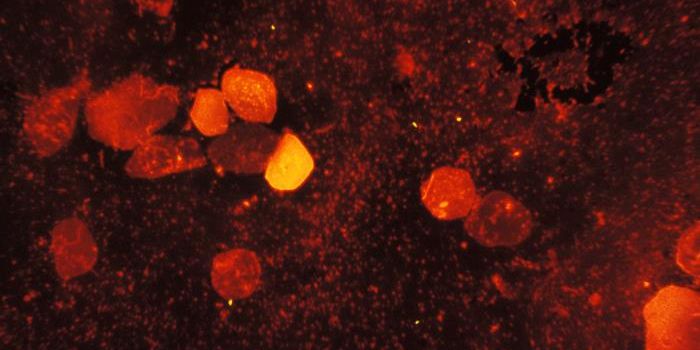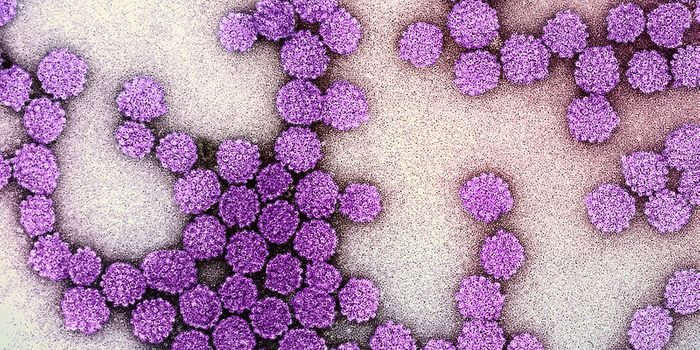H7N9 Flu Mutation IDed That Enabled it to Sicken Hundreds in China
H7N9 is a strain of flu associated with birds around the year 2000, and according to the World Health Organization was not observed in other species until 2013, when it sickened a person in China. The disease is of concern because it has been a serious illness in the people it has afflicted, and as resulted in deaths. However, it does not appear to be easily passed from one person to another. Recently, there has been a serious outbreak among poultry in China. Researchers and doctors have stressed that this does not mean there is a greater likelihood that people will get sick.
In the video above from the Mayo Clinic, Dr. Pritish Tosh cautions that until a virus can efficiently be transmitted between people, there isn’t much cause for alarm. “It doesn’t suggest very efficient human-to-human transmission, but it does get us a little concerned. When we start to see really highly efficient transmission between people, human-to-human transmission of a novel strain, something that in our general population has not seen, that is when we get really concerned that this could be the next pandemic strain,” Tosh explained.
According to the Centers for Disease Control (CDC), the most recent outbreak in China has affected 539 people so far. You can hear more about it in the following video. When taken with other outbreaks, about forty percent of people die from the illness. It is still not seen as a major threat, and there has been recent research indicating that this upsurge is not indicative of a larger outbreak in people. But there are basic precautions urged for those traveling to areas where animals are affected by the virus (in China, see map above). Basically, don’t touch birds and make sure that if you eat birds, they are cooked completely. If you do touch birds, wash your hands thoroughly. You can read more about the CDC’s recommendations and information here. Travelers returning from affected areas that experience flu-like symptoms within ten days of returning from their trip are urged to seek medical attention.
A random genetic mutation allowed the virus to mutate from an avian flu to a human one, and a genetic mutation could allow the disease to transmit from human-to-human. Recent work has identified the mutation that enabled the virus to jump species, a zoonotic disease. Chinese researchers reporting in Nature Communications learned that the nucleotide substitution or mutation in the viral RNA was in a portion called the NS segment; the mutation was called NS-G540A. In a previously unknown exonic splicing enhancer, this mutation allows the virus to continue to replicate in bird cells while also likely gaining the ability to interact with the splicing machinery of mammalian cells, and replicate there as well.
The investigators also suggest that the identification of this genetic feature could offer an opportunity to detection avian flu viruses that are in birds and could also sicken humans. Additionally, this mutation does not seem to confer any ability to move from person-to-person. For now, we'll hope that mutation isn't on the horizon.
Sources: WHO, CDC, AAAS/Eurekalert! via European Centers for Disease Control, Phys.org, Nature Communications









